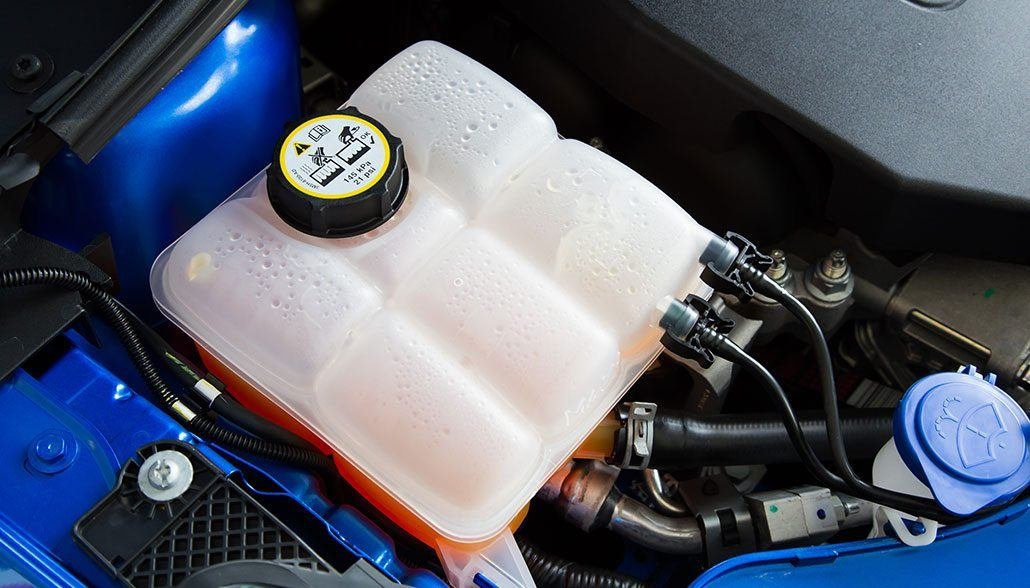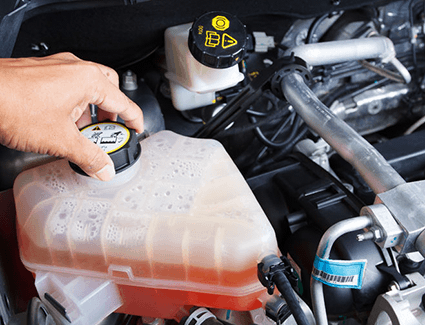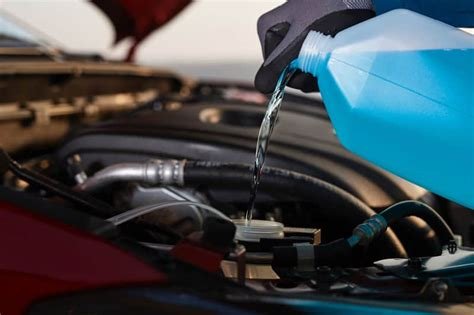Learn about coolant types, how to check and maintain levels, and common problems. Keep your engine running smoothly with our easy guide on coolant systems.
Coolant is very important for your car. It helps keep your engine at the right temperature. If you don’t check and maintain your coolant, your car could overheat or have other problems. In this article, you will learn how to check your coolant levels, when to replace it, and how to fix common issues. We will also talk about different types of coolant and what parts of the coolant system do. By the end, you’ll know how to keep your engine running smoothly and avoid overheating problems.
What is Coolant and Why is it Essential for Your Vehicle?
Coolant is a crucial fluid in your vehicle’s engine system. Its primary purpose is to regulate engine temperature, preventing overheating and maintaining optimal performance. There are different types of coolant, including antifreeze, radiator fluid, and engine coolant. Each type plays a role in ensuring your engine operates smoothly under various conditions.

Coolant works by absorbing heat from the engine and dissipating it through the radiator. This process helps maintain a stable engine temperature and prevents damage caused by overheating. Proper coolant levels and quality are essential for the longevity and efficiency of your vehicle.
How to Check and Maintain Your Coolant Levels
Maintaining the correct level of coolant in your vehicle is vital for its performance. Here’s how you can check and maintain your coolant levels:
Steps to Check Coolant Levels
- Turn off the Engine: Always check the coolant when the engine is cool to avoid burns.
- Locate the Coolant Reservoir: This is usually a translucent plastic tank near the engine.
- Check the Coolant Level: Look at the markings on the side of the reservoir. The coolant level should be between the “min” and “max” lines.
Signs of Low Coolant
- Engine Overheating: If your engine temperature gauge is rising, it might indicate low coolant.
- Coolant Leaks: Puddles of coolant under your vehicle or steam from the engine can be signs of a leak.
How to Top Up Coolant Safely
- Choose the Right Coolant: Use the coolant recommended for your vehicle, which you can find in the owner’s manual.
- Add Coolant: Slowly pour coolant into the reservoir until it reaches the “max” line.
How Often Should You Replace Your Coolant?

Regular replacement of coolant is essential to keep your engine running efficiently. Generally, you should replace coolant every 2 years or 30,000 miles, but this can vary based on your vehicle’s make and model.
Symptoms Indicating It’s Time for a Coolant Flush
- Changes in Coolant Color: If your coolant turns rusty or brown, it may need replacing.
- Engine Overheating Issues: Persistent overheating despite having adequate coolant can indicate it’s time for a flush.
Different Types of Coolant and Their Uses
There are several types of coolant, each with specific properties and uses:
- Inorganic Acid Technology (IAT): Often used in older vehicles, it provides good protection against corrosion.
- Organic Acid Technology (OAT): Typically found in newer vehicles, it offers extended protection and longevity.
- Hybrid Organic Acid Technology (HOAT): Combines elements of IAT and OAT, providing balanced protection for various vehicle types.
Choosing the Right Coolant for Your Vehicle
Select the coolant based on your vehicle’s specifications, which you can find in the owner’s manual. Consider the climate where you drive, as extreme temperatures may require specific types of coolant.
Common Problems and Solutions with Coolant Systems

Coolant Leaks
Coolant leaks are a common issue and can occur at several points:
- Radiator: Check for leaks at the radiator itself.
- Hoses: Inspect hoses for cracks or damage.
- Water Pump: Look for leaks around the water pump.
Overheating Issues
If your vehicle frequently overheats, the cause might be related to the coolant system. Ensure there are no leaks, and that the thermostat and radiator are functioning correctly.
Radiator Problems
Common radiator issues include clogs and leaks. Regular maintenance, such as flushing the radiator, can prevent these problems.
Understanding the Components of the Coolant System
Radiator
The radiator plays a crucial role in heat dissipation. It works by transferring heat from the coolant to the air. Regular checks and maintenance can prevent issues like clogs and leaks.
Water Pump
The water pump circulates coolant throughout the engine and radiator. If it fails, the engine can overheat. Look for signs of wear or leaks to ensure it’s working correctly.
Thermostat
The thermostat regulates coolant flow based on engine temperature. If it malfunctions, it can cause overheating or inefficient engine performance. Regular inspection can help avoid thermostat-related issues.
Best Practices for Coolant System Maintenance

To keep your coolant system in top shape, follow these best practices:
- Regular Inspections: Check coolant levels and condition regularly to ensure they are within the recommended range.
- Scheduled Coolant Flushes: Perform coolant flushes according to your vehicle’s maintenance schedule to remove any contaminants.
- Avoid Common Mistakes: Use the correct type of coolant for your vehicle and avoid neglecting system checks.
By understanding and maintaining your vehicle’s coolant system, you can prevent overheating, ensure efficient engine performance, and prolong the life of your vehicle.
Keeping your coolant in check is key to a healthy engine. Regularly inspect levels, replace old coolant, and address any issues like leaks or overheating. For more tips, share your thoughts in the comments, and explore other helpful articles on our site. Stay informed and keep your vehicle in top shape!
FAQs about Coolant
What is the Purpose of Coolant in a Car?
Coolant is essential for managing your engine’s temperature. It absorbs excess heat from the engine and transfers it to the radiator, where it is cooled by airflow. This process prevents the engine from overheating and ensures it operates at the optimal temperature for performance and efficiency. Without adequate coolant, your engine could overheat, potentially leading to severe damage or even engine failure.
How Do I Check My Coolant Levels?
To check your coolant levels, first ensure the engine is cool to avoid burns. Locate the coolant reservoir, usually a translucent plastic tank. Check the level against the “min” and “max” markings on the side of the tank. If the level is low, you may need to add coolant. Make sure to use the type specified in your vehicle’s owner’s manual to avoid compatibility issues.

When Should I Replace My Coolant?
Coolant generally needs replacing every 2 years or 30,000 miles, though this can vary based on your vehicle’s make and model. Symptoms that it’s time for a replacement include changes in coolant color, a decrease in coolant levels, or persistent engine overheating despite having adequate coolant. Regularly scheduled coolant flushes can help maintain your engine’s health.
What Are the Different Types of Coolant?
There are several types of coolant, including:
- Inorganic Acid Technology (IAT): Best for older vehicles, providing strong protection against corrosion.
- Organic Acid Technology (OAT): Suitable for newer models, offering extended protection and longevity.
- Hybrid Organic Acid Technology (HOAT): A mix of IAT and OAT, used in various vehicles for balanced performance.
Using the correct type of coolant is crucial for maintaining your vehicle’s efficiency and longevity.
How Can I Fix Coolant Leaks?
If you notice a coolant leak, start by inspecting common leak points such as the radiator, hoses, and water pump. Look for puddles under the vehicle or steam from the engine. Minor leaks may require tightening or replacing hoses, while major leaks might need radiator repair or replacement. Regular maintenance and timely repairs can prevent coolant loss and avoid engine damage.